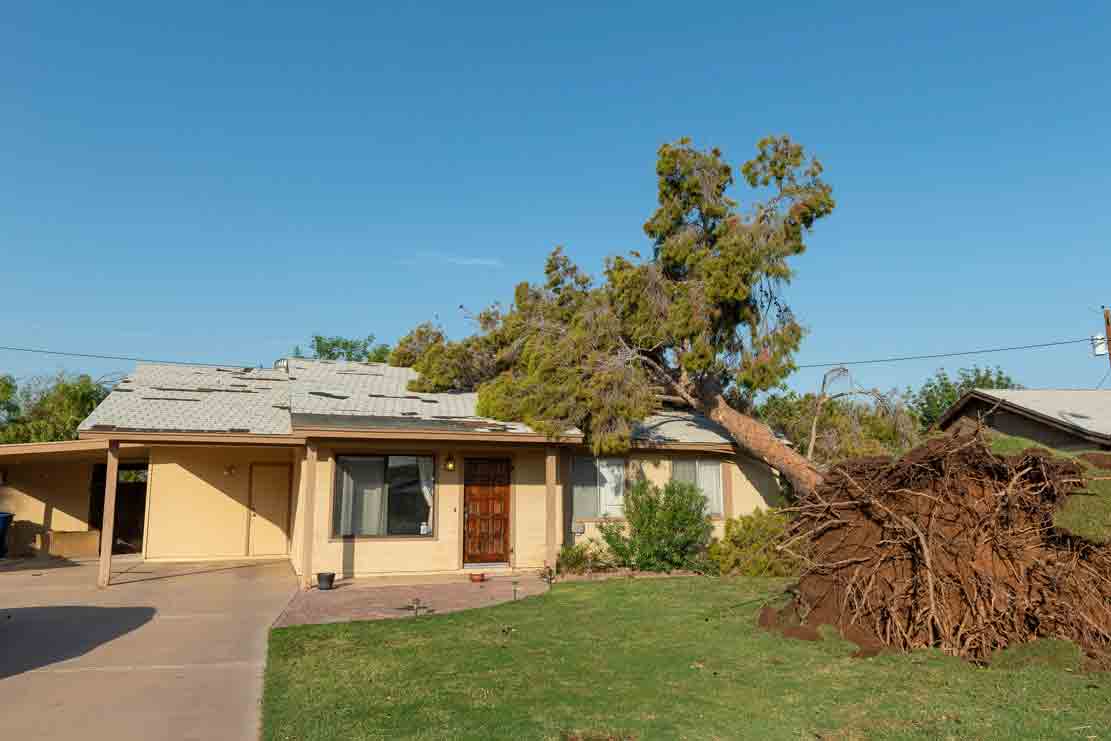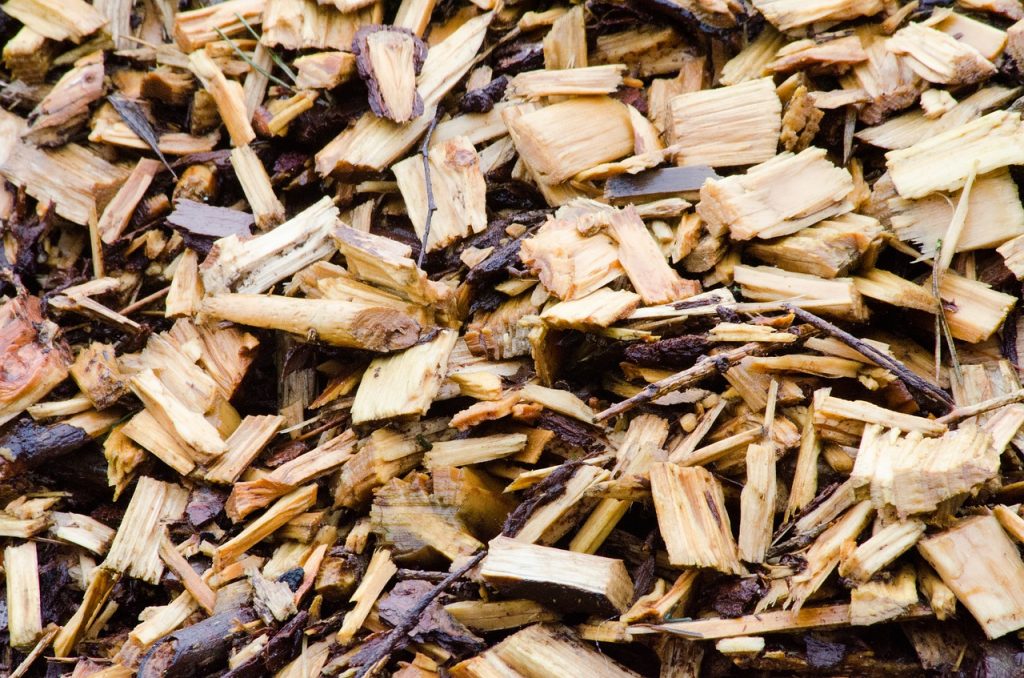When performed correctly, mulching is one of the most effective practices to maintain plant health.
Mulches provide many benefits, including:
- Eliminating competition between tree roots and turf or other ground covers
- Eliminating the potential of damage to stems by mowers and trimmers
- Conserving soil moisture
- Moderating soil temperature
- Suppressing weed growth
- Improving soil organic matter
Organic mulches composed of wood chips, bark, and leaves including pine needles and compost are all suitable mulches for woody and herbaceous landscape plants. Ideally, mulch should be applied beneath the entire canopy, but smaller mulched areas are suitable. Depth does not have to exceed four inches and two inches of mulch is adequate on shallow rooted shrubs and perennials. Mulch beds do not have to be round or symmetrical. Irregular designs may be more aesthetically pleasing. Shrubs and perennials can be planted within the mulch areas but solid masses of ground covers should be avoided where optimum tree growth is desired.
The biggest mistake people make when mulching is piling it against stems of trees and shrubs. Mulch “mountains” and “mulch volcanoes” are so common in some regions that homeowners and some professionals think this is acceptable and even desirable. Stem tissues are not intended to remain constantly moist from mulch accumulation. Insect and disease infestations, as well as stem girdling roots, often develop on trees with excessive mulching.



